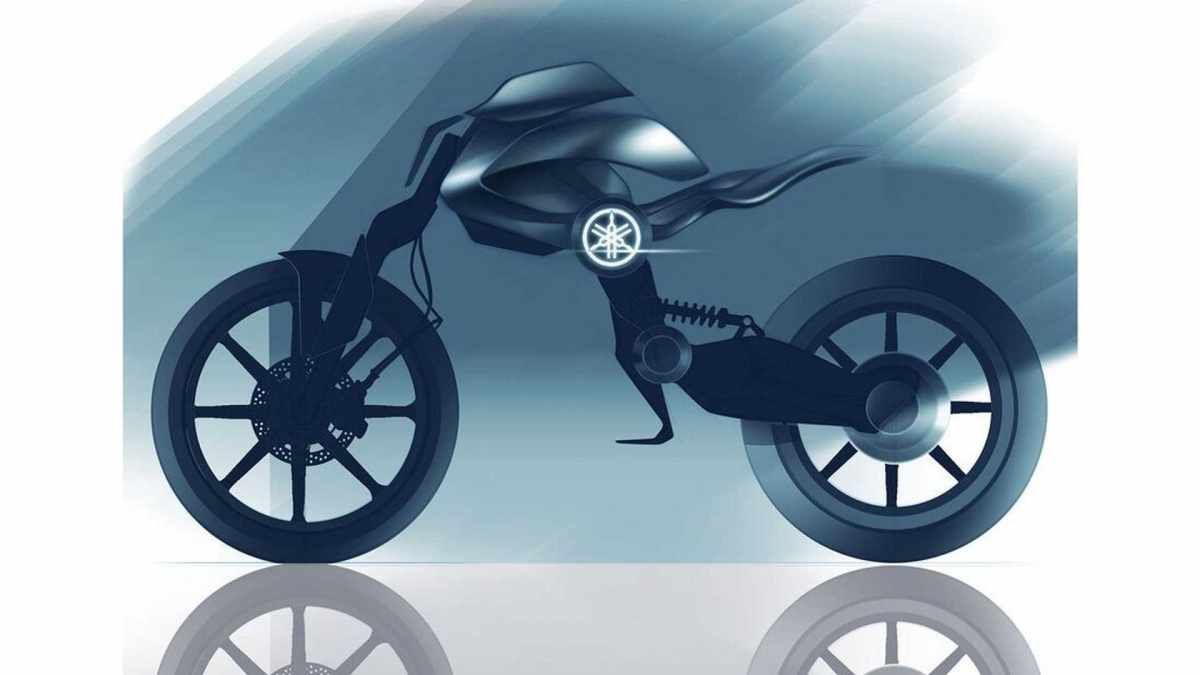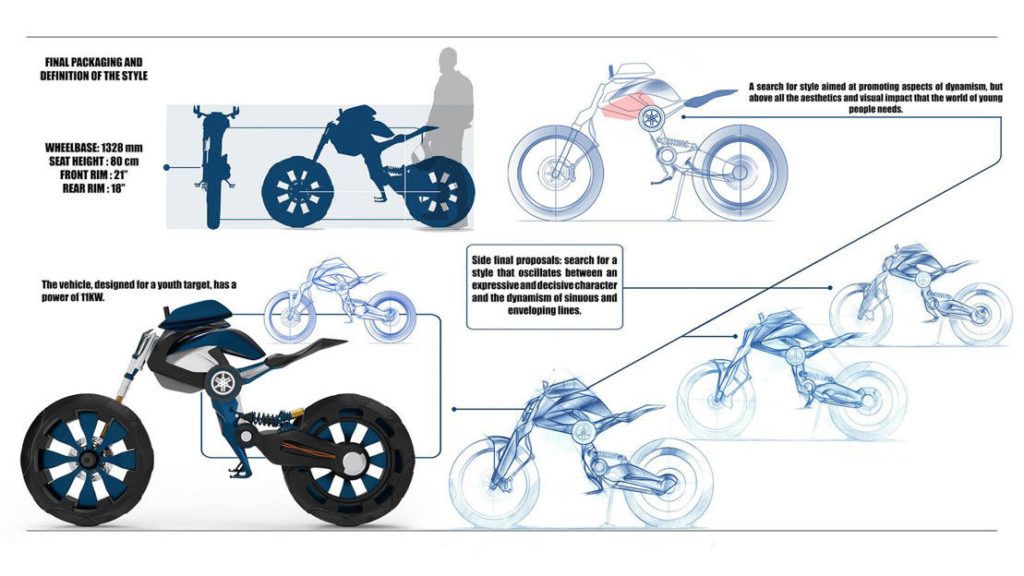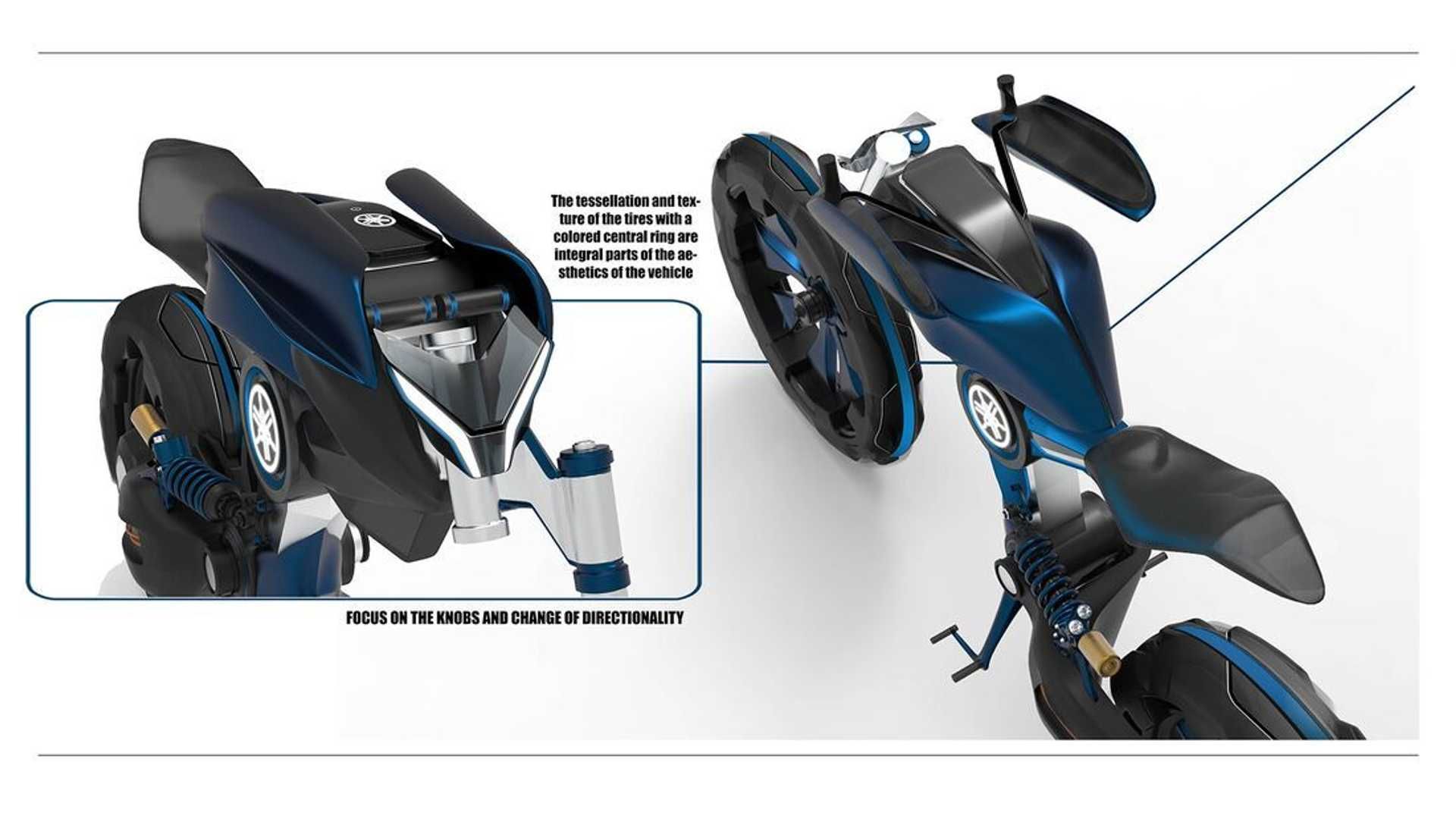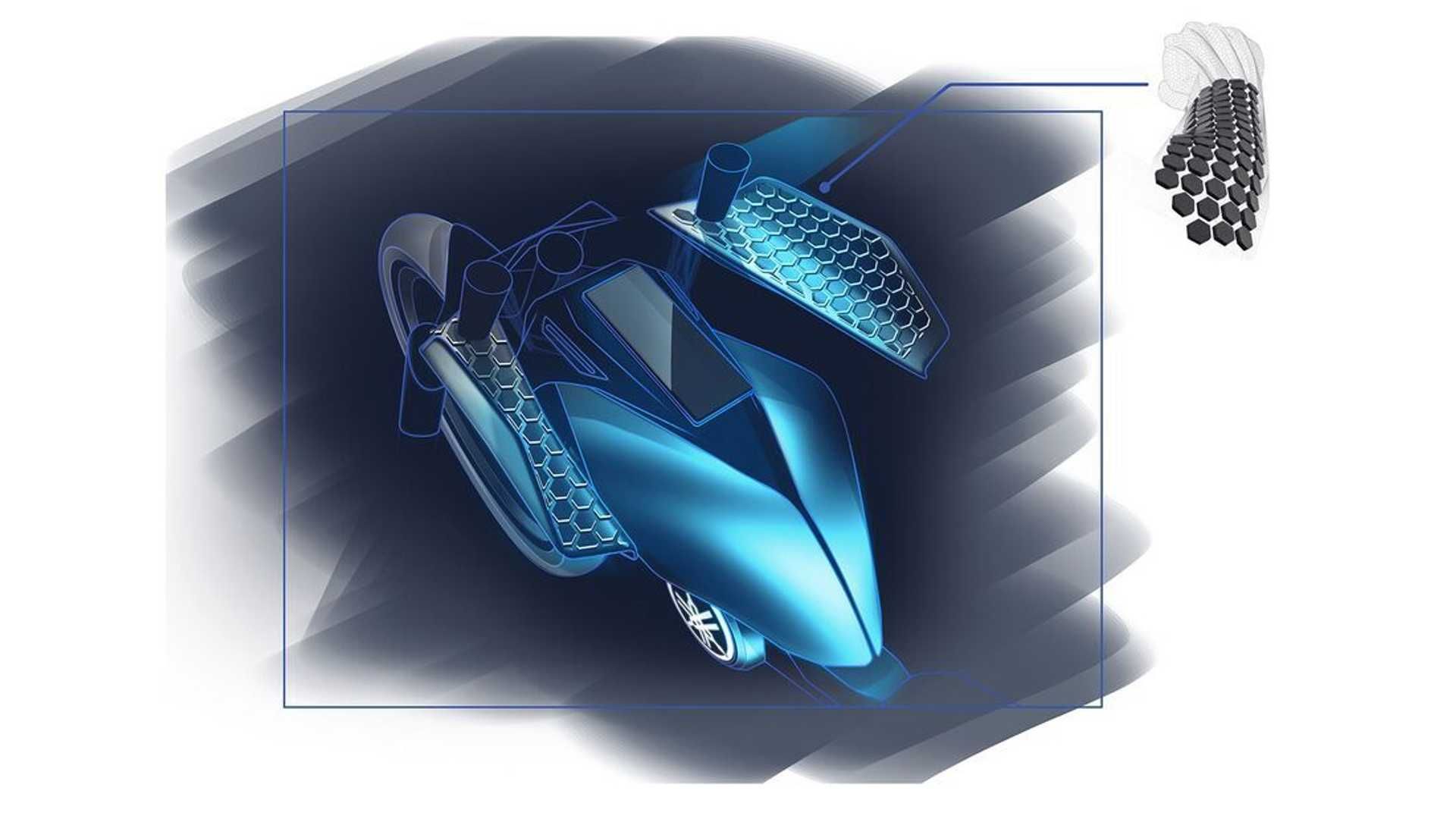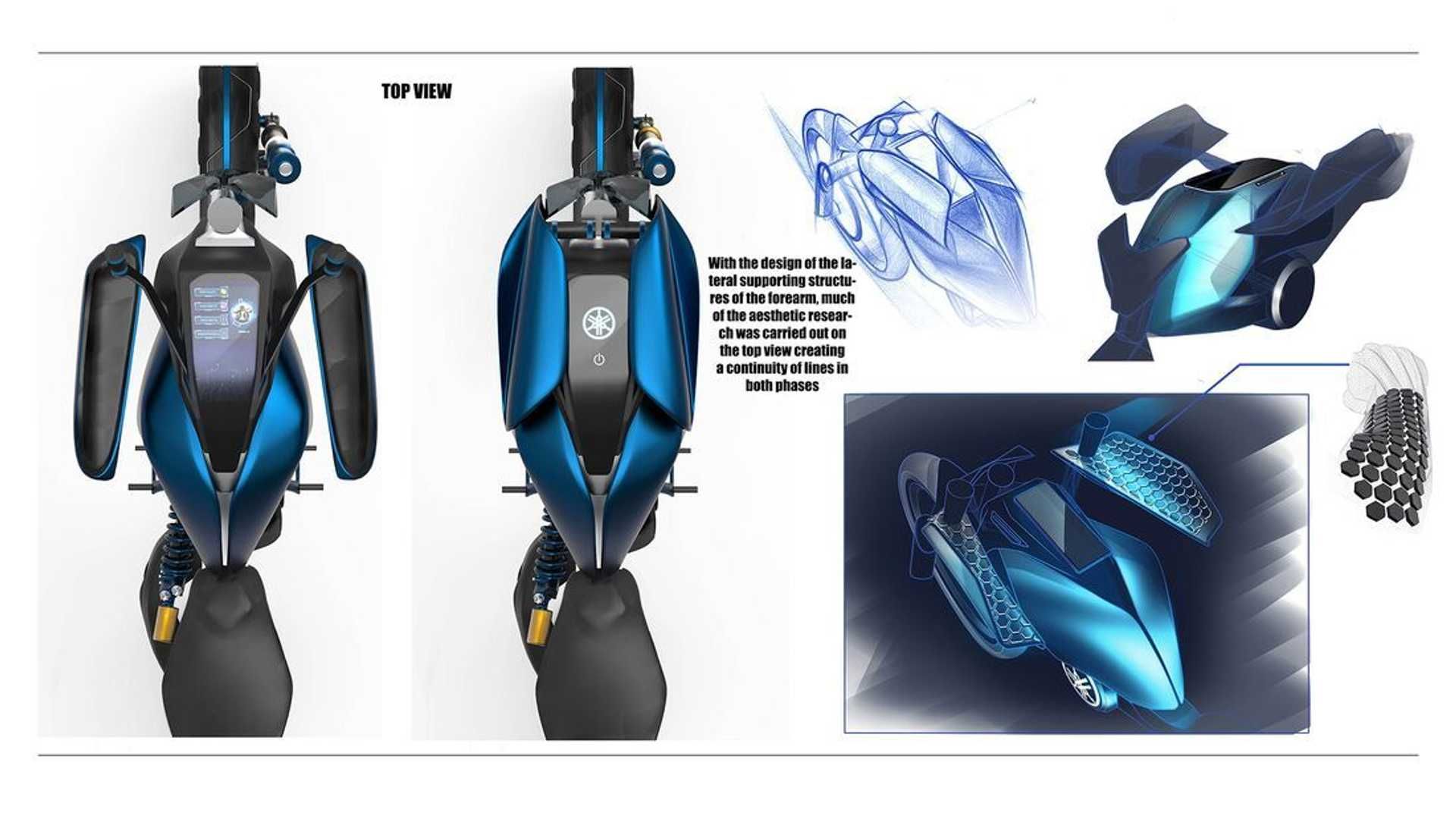The motorcycle has remained largely the same for all of its life: an engine and wheels in a frame, controlled by hands and feet. But are there alternative ways of controlling a motorcycle than might be more ergonomically sound and innovative?
Design Student Comes Up With New Motorcycle Concept
The basic form of the motorcycle has remained unchanged since its inception in the early 1900s: a chassis and engine, wheels and brakes, with foot and hand controls to operate it. No manufacturer has attempted to alter the basic premise of control in the intervening decades.
While it would be a mistake to say that this is why young consumers have not taken to the motorcycle in the same way their fathers and grandfathers did, could the lack of innovation play a part in them overlooking the motorcycle as an object of desire or even interest? While experienced motorcyclists take the method of control of a motorcycle for granted, young people might be frustrated at what seems like an antiquated methodology and want the status quo challenged.
This is a problem as a young person will have a completely different take on what a two-wheeler should be, unshackled as they are by tradition, especially when it comes to legacy brands such as Ducati, Harley Davidson, Triumph, hell, any of them. They could bring a new perspective to the table and make the old farts sit up and take notice, while also making their peers do the same.
As if to illustrate this, a young designer from Italy’s Institute for Applied Arts and Design (IADD) has come up with a concept that makes the motorcycle an extension of the rider. Noemi Napolitano dreamed up the Double Y concept to appeal to her peers. Why Double Y? Well, one Y for Yamaha and one for Youth.
At first glance, it looks like any other electric motorcycle, but look closer and you notice that there are significant changes. Rather than having a set of handlebars, gripped at their extremities by the hands, the Double Y has a pair of rests for the forearms, mounted on a pair of vertical posts. Moving your arms in and out, forward and back controls the machine.
The riding position is more ergonomically correct and removes undue stress from the wrists. It is claimed that the layout gives a stronger physical cohesion between machine and rider. When not in use, the two arm rests fold in to the false gas tank, making the machine much slimmer and easier to store or park, as well as offering a built-in security measure.
Being aimed squarely at young people, emphasis is not so much on performance rather than electronic connectivity and ease of use, with the electronic systems being intuitive and accessible. That latter point is strange, given that our children are probably more au fait with electronics than any of us dinosaurs.
Given that this is a pure concept by a design student for her thesis, there is no guarantee that Yamaha would adopt her thinking but it is a fascinating insight into how young minds are working with regard to personal two-wheeled transport.

